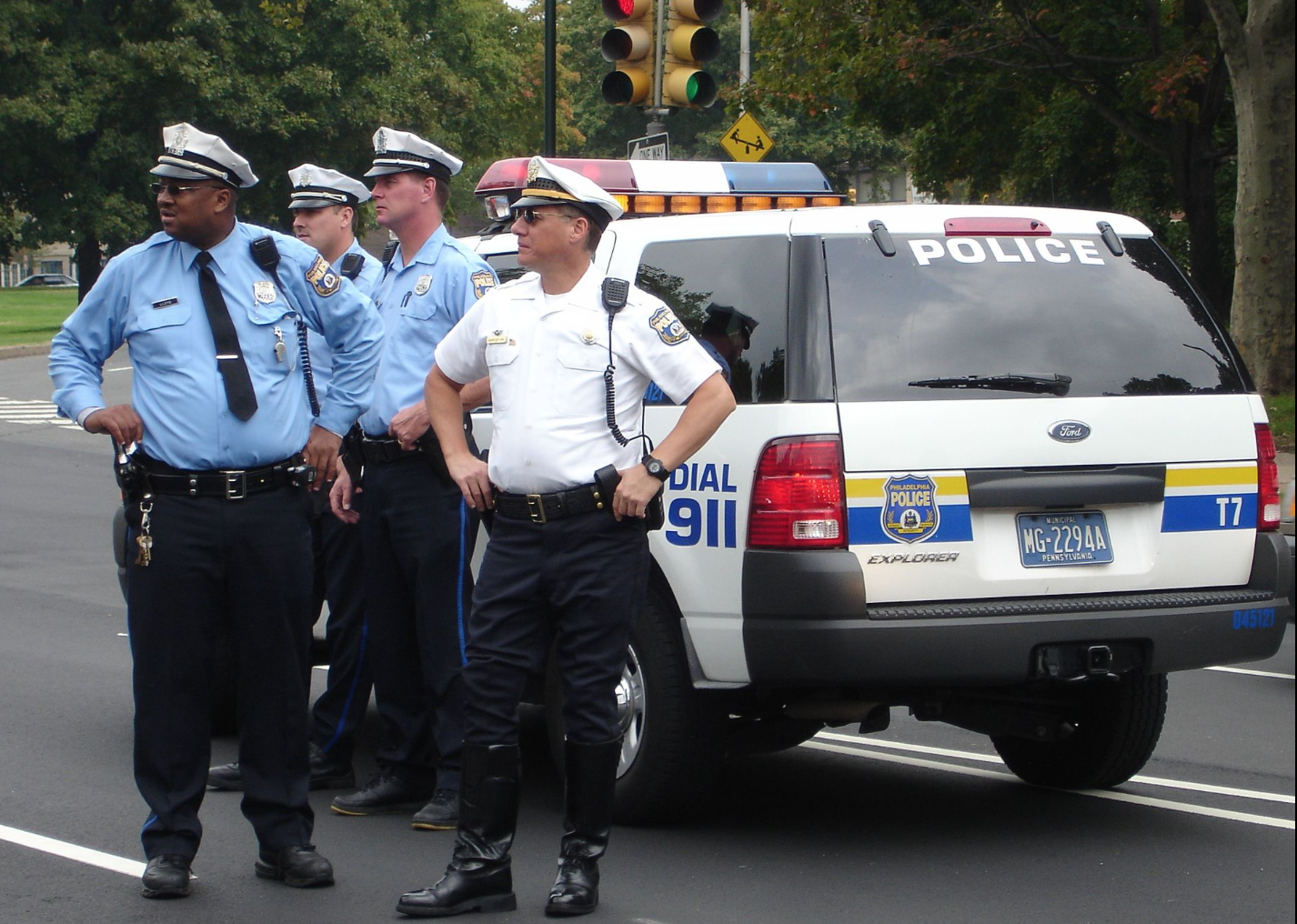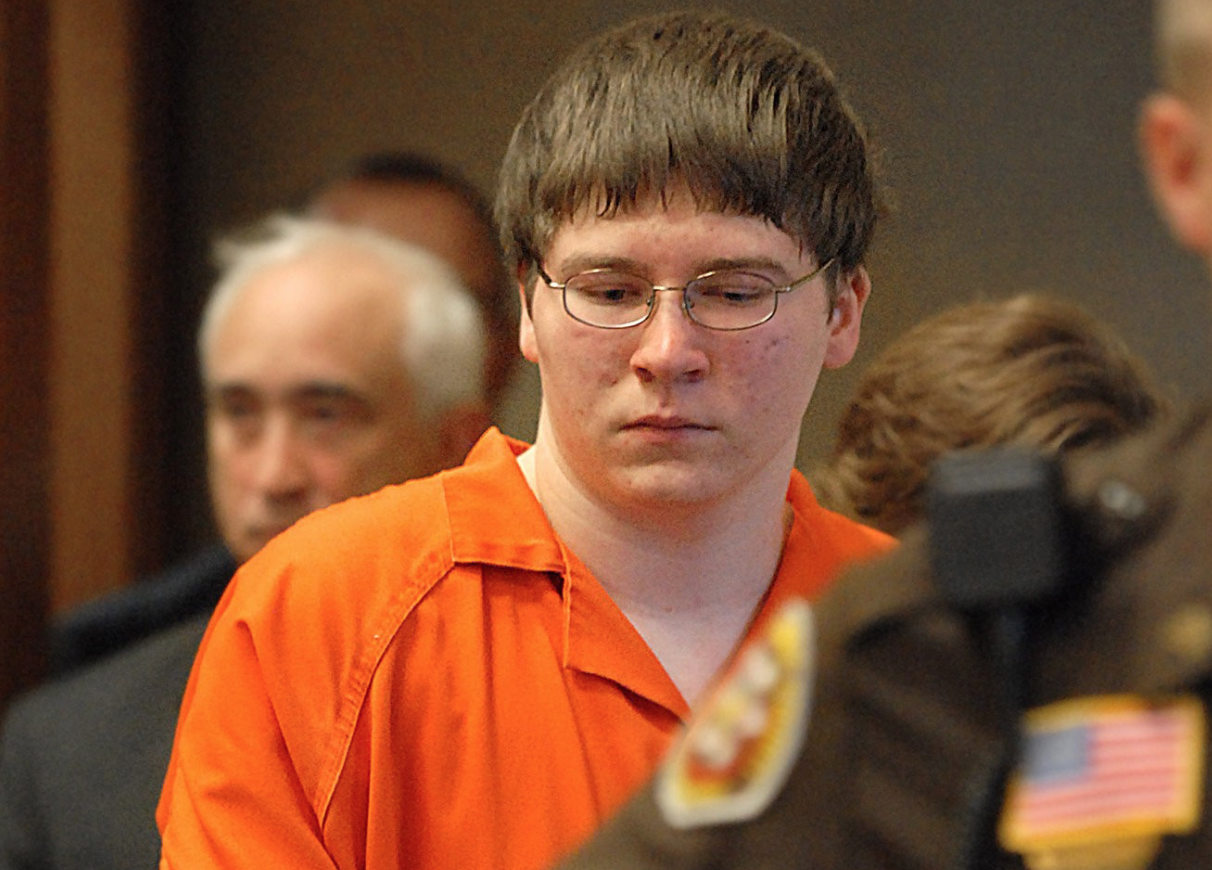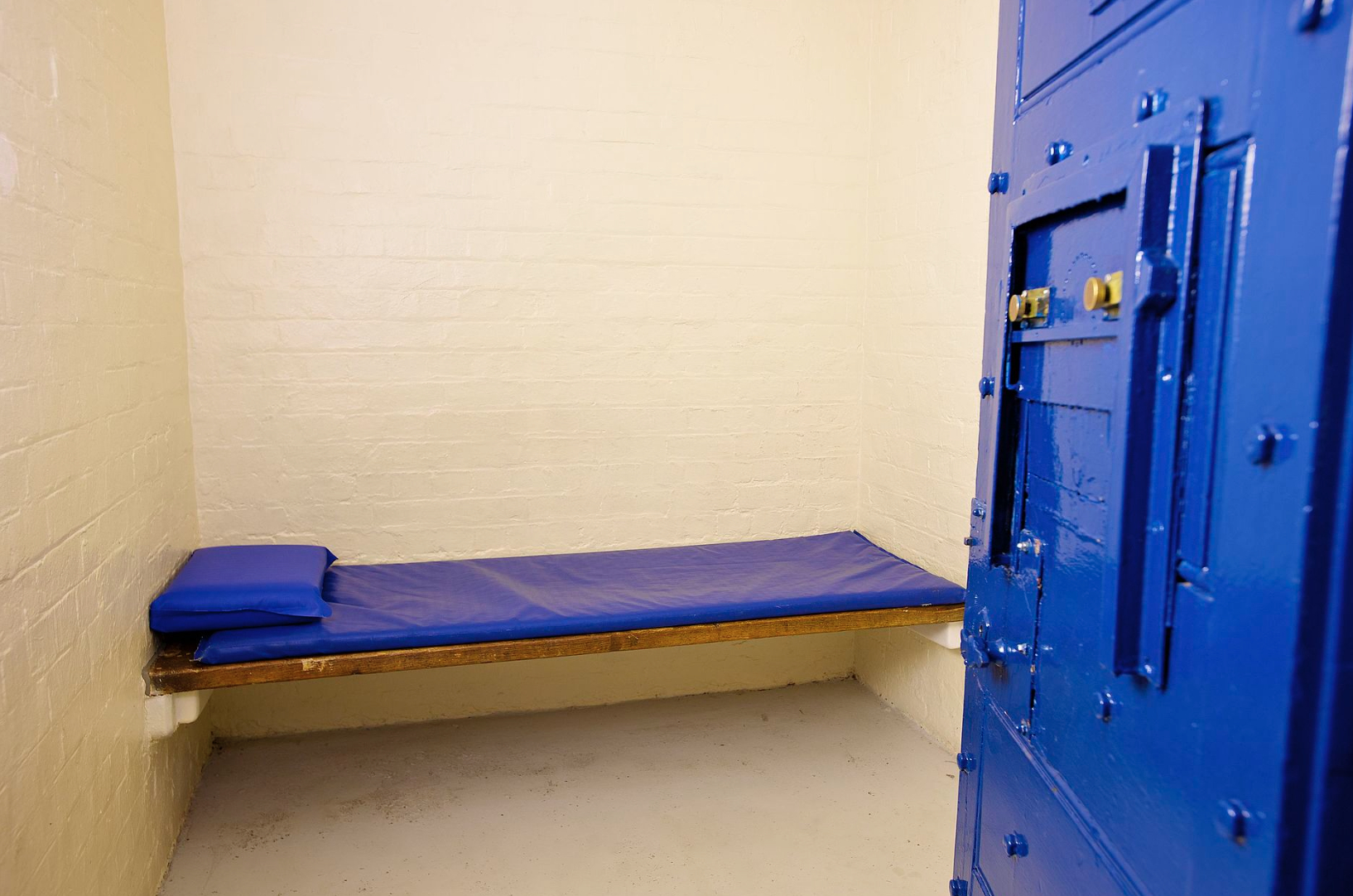1.6. The Four C’s: Cops, Courts, Corrections – and Citizens
Shanell Sanchez and Kate McLean
The Four C’s
As previously stated, the U.S. criminal justice system is not confined to one level of government and is made up of local, state, and federal governments. The agencies associated with these levels can work together or work separately. In the previous example about marijuana legalization, the federal government has not legalized recreational or medicinal marijuana, but some states have; states have disagreed with federal law, but federal law essentially has the final say. If the federal government wanted to punish states for selling marijuana, they certainly could, since it remains a Schedule I drug.
We will spend time exploring the three main components of the criminal justice system, or what some call the three C’s: cops, courts, and corrections. Yet, for the purposes of this class, you are encouraged to keep in mind a fourth “C,” without which the criminal justice system would not function: the citizens who report crimes. Even while most crime is not reported, relatively few crimes are observed “in progress” by the police, with citizen calls instead initiating police action. This section will briefly introduce the police, courts, and correctional systems and how they often function with each other, whereas subsequent chapters will further focus on how they each operate as their entity.
Cops
Imagine walking downtown on a Friday night and witnessing a robbery in action. The first thing a person would typically do is call 911. Then the person would tell the 911 operator, referred to as dispatch, what they saw, where the event occurred, and any other relevant information. The operator would then send out the call or dispatch it to nearby police on duty. The first point of contact with the criminal justice system for most individuals is the cops. We often refer to them as first responders. We will use a variety of terms for cops, such as police officers and law enforcement, but recognize we are always talking about the men and women who enforce laws and protect the people of the United States. The police respond to calls and can apprehend the offender. Indeed, policing in the United States is primarily reactive, not proactive.
Nevertheless, police may witness a crime while on patrol. In this case, officers will make initial contact, investigate crimes, apprehend offenders/potential offenders (arrest), and then book them in the local jail. Law enforcement does not determine guilt or innocence, hand down punishments, or implement the punishment. [1]
During an investigation, police officers may need to obtain a search warrant. The Fourth Amendment of the Constitution requires that police officers have probable cause before they search a person’s home, clothing, car, or other property, with some exceptions explored later on in the class. In order to ensure due process, searches often require a search warrant, issued by a “neutral and detached” judge. Arrests also require probable cause and often occur after the police have gotten an arrest warrant from a judge. Depending on the specific facts of the case, the first step may be an arrest. [2] As stated above, if police catch a person in the commission of a crime, they will arrest them first and investigate later.
Police on Standby

Courts
The next phase of the criminal justice system is the courts. The courts may consist of prosecutors, defense attorneys, judges, and a “jury of one’s peers”. The primary role of the courts is to determine whether an offender should be charged with a crime, and if so, what charges should exist. The officers will forward information to the district attorneys for review, and the district attorney will determine what charges are filed against an offender, also known as the defendant. [3] In the above scenario, if the prosecutor’s office has determined there is enough evidence to charge the individual with robbing the business downtown, then charges will be filed, and the suspect is charged with a specific crime. The defendant in the robbery will be informed of all their rights that are afforded to them by the Constitution, including the right to legal counsel or a defense attorney. There are private defense attorneys as well as public defenders who are appointed if a person is indigent, or unable to afford their attorney. A defendant, or the accused, will enter a plea of guilty or not guilty, and a trial date is set.
The prosecutor’s office will evaluate the type and quality of the evidence they have when deciding to move forward or drop the charges. Direct evidence is evidence that supports a fact without an inference; the testimony of an eyewitness to a crime represents direct evidence, because the person saw the crime. The other type of evidence, circumstantial evidence, would be something that happened before or after the crime, or information obtained indirectly (i.e., not based on the first-hand experience of a person). Circumstantial evidence includes people’s impressions about an event that happened, but that they did not see. For example, imagine that you went to bed at night, your car was nearly out of gas. When you awoke to a full tank of gas, you assume your partner or family member filled your car – while though you didn’t actually see them do it. [4]
If a defendant pleads guilty, there may be a plea bargain given.
In a plea bargain, the defendant agrees to plead guilty, typically in exchange for reduced charges, or a prosecutor’s promise to request a reduced sentence. Plea bargains get used for the vast majority of cases in our CJ system, and debates often ensue over the ethics behind them. A defendant should only plead guilty if they committed the crime and must admit to doing so in front of the judge, who sentences them. The judge is the only person authorized to impose a sentence. With the current number of cases entering our system every day, pleas bargains have often been called a ‘necessary evil.” [5]
Let’s say the defendant chooses to go to trial. The prosecution and defense will then present their cases before a jury and judge to determine if there is enough evidence to convict the defendant. The prosecutor must prove they have probable cause that the defendant is the one who committed the crime, and the defense ensures the rights of the accused get upheld while defending their client. Judges are important and often get referred to as impartial moderators or referees in the courtroom. The judge receives guidance and assistance from several sources in order to sentence a defendant. For crimes that are adjudicated in federal court, Congress has established minimum and maximum punishments, and the United States Sentencing Commission has produced a set of sentencing guidelines that recommend certain punishments for certain crimes while considering various factors. Further, the judge will look at a pre-sentence report and consider statements from the victims, as well as the defendant and lawyers. The judge may consider a variety of aggravating or mitigating factors. These include whether the defendant has committed the same crime before, whether the defendant has expressed regret for the crime, and the nature of the crime itself. [6]
After a defendant is found guilty, they have the right to appeal the outcome if they believe their due process rights were violated, or (depending upon the case) if new evidence emerges. An appeal is not another trial, but an opportunity for the defendant to try to highlight specific errors that might have occurred at trial. A common appeal is that a decision from the judge was incorrect (“judicial error”) – such as whether to suppress certain evidence or to impose a certain sentence. Appeals are complicated and sometimes result in the case going back to the trial court. A conviction can get reversed, a sentence altered, or a new trial may be ordered altogether if the Appeals Court decides that particular course of action. If a circuit court judge denies the appeal, then a defendant can try to appeal that decision to the United States Supreme Court in Washington, D.C. The United States Supreme Court is the highest appellate court in the American court system, and they make the final decision concerning a defendant’s appeal. The Court is not required to hear an appeal in every case and takes only a small number of cases each year. [7]

The courtroom in Valley County Courthouse in Ord, Nebraska. The Beaux-Arts building was constructed in 1920. It is listed in the National Register of Historic Places.

Corrections
Once a defendant has been found guilty, the correctional system helps carry out the punishment that is ordered by the court. The defendant may be ordered to pay financial restitution or a fine, and not serve time under a form of incarceration. When an offender gets sentenced to a period of incarceration, at either a jail or prison, they will serve their sentence under supervision. Offenders that get sentenced to less than a year will serve their sentence in a local jail, but longer sentences will served in prison. However, offenders can also get sentenced to community-based supervision, such as probation. In this situation, an offender would get assigned a probation officer (PO), and there would be specific rules they are required to follow. If an offender violates rules, the PO may request the offender be incarcerated in jail or prison to serve the remainder of the sentence. [9] Lastly, an essential part of corrections is helping former inmates with prisoner re-entry or reintegration into society through parole, community-based supervision after serving time in a secure facility. [10]

- Fuller, J. (2019). Introduction to criminal justice: A brief edition. New York Oxford: University Press ↵
- United States Department of Justice. (N.D.). Investigation. https://www.justice.gov/usao/justice-101/investigation ↵
- Anoka County Attorney's Office. (N.D.). Roles in the Criminal Justice System.https://www.anokacounty.us/1434/Roles-in-the-Criminal-Justice-System ↵
- United States Department of Justice. (N.D.). Investigation. https://www.justice.gov/usao/justice-101/investigation ↵
- United States Department of Justice. (N.D.). Plea bargaining. https://www.justice.gov/usao/justice-101/pleabargaining ↵
- United States Department of Justice. (N.D.). Sentencing. https://www.justice.gov/usao/justice-101/sentencing ↵
- United States Department of Justice. (N.D.). Appeal. https://www.justice.gov/usao/justice-101/appeal ↵
- Victor, D. (2018). Supreme Court Won't Hear Appeal of ‘Making a Murderer' Subject Brendan Dassey. The New York Times. https://www.nytimes.com/2018/06/25/us/brendan-dassey-supreme-court.html ↵
- , Fuller, J. (2019). Introduction to criminal justice: A brief edition. New York: Oxford University Press. ↵
- RAND Corporation. (1994-2018). https://www.rand.org/topics/prisoner-reentry.html ↵

